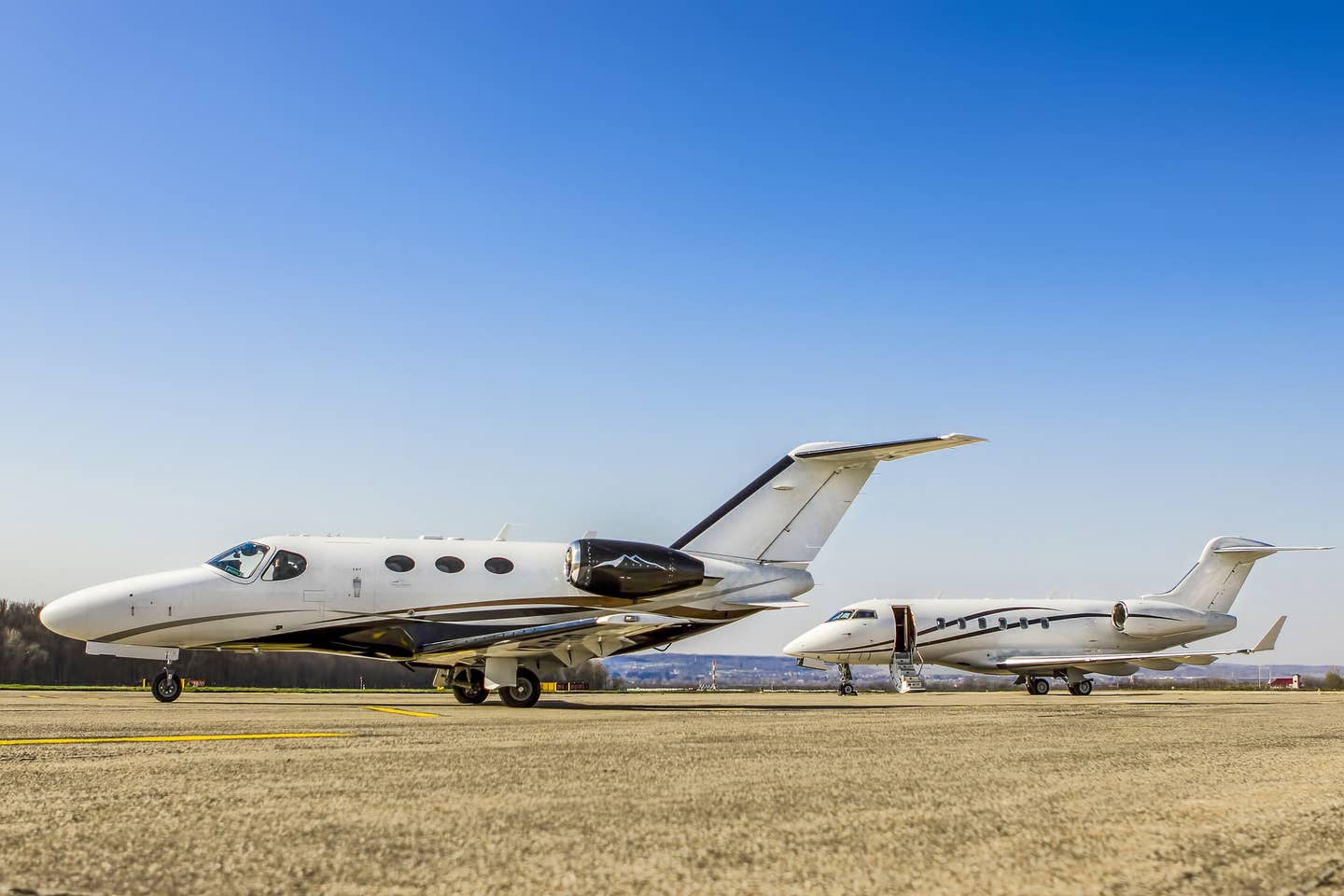
Advancing your career with a type rating in a business jet enables you to fly sophisticated aircraft on a variable schedule. Pixabay
Learning to fly a jet paves the way to your career—or makes it possible for you to fly faster, more capable aircraft on your personal or business missions. While very few people learn to fly initially in jet aircraft—even military pilots typically begin in single-engine piston or turboprop airplanes—with today’s light jets that can be flown by one pilot solo, the transition to turbine equipment has never been easier.
If you wish to pursue a career in aviation, you will want to decide if you would prefer to fly transport category aircraft for the airlines, or if you would prefer to fly for a private owner, business, or even a sports team. If your passion is for military aviation, there are specific ways to achieve that goal as well, depending on the service you wish to pin on your wings.
But perhaps you’re a business owner, or successful person who has the opportunity and means to plan for your own jet aircraft—either just for you and your family, or for your business—or both. The course you will set will have some similarities to that of a professional jet pilot, but you will probably benefit from a certain style of training provider.
Go back to: Learn to Fly

Sign-up for newsletters & special offers!
Get the latest FLYING stories & special offers delivered directly to your inbox






